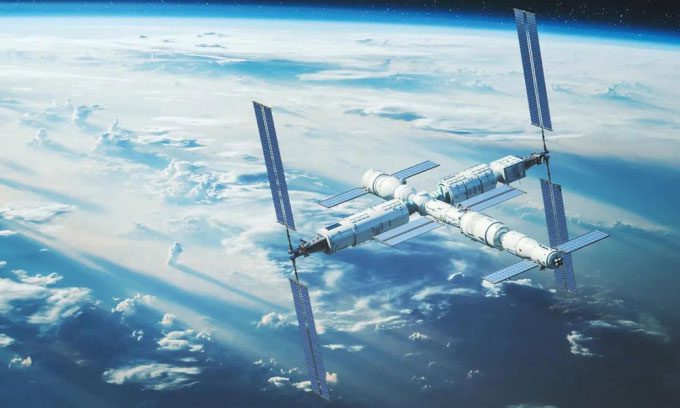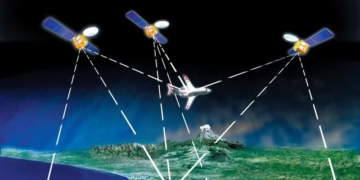The Tianhe Station, currently the workplace of the Shenzhou 15 crew, can regenerate 100% of its oxygen supply through its onboard systems.
New information regarding its oxygen regeneration capabilities was presented at the space technology conference held in Harbin, Heilongjiang Province, northeastern China, as reported by Interesting Engineering on April 15.

Illustration of China’s Tianhe Space Station. (Photo: Gremlin)
This advancement reflects a significant transition in the station’s life support and environmental control systems, shifting from “supplementation” to “regeneration,” according to Bian Qiang, director of the Life Support and Environmental Control Engineering Office at the China Astronaut Research and Training Center.
As a key technology for China’s crewed space missions, the life support and environmental control system creates essential living conditions while ensuring a sustainable working environment for astronauts, safeguarding their health and safety.
The system comprises six subsystems that regenerate processes: producing oxygen through water electrolysis, removing CO2, eliminating toxic gases, treating urine, recycling water, and producing water using CO2 and hydrogen.
“Currently, all six systems are operating stably, regenerating 100% of the oxygen supply and recycling 95% of the water. This reduces the need for 6 tons of supplies shipped from the ground each year,” Bian stated. He also mentioned that the technology utilized in the life support and environmental control systems ranks among the best in the world.
Over the past 55 years, experts have successfully developed three generations of life support and environmental control systems for China’s crewed spacecraft, including related products for the Shenzhou spacecraft, space suits, and the three-module space station, according to Bian.
Commander Fei Junlong of the Shenzhou 15 crew expressed his honor in witnessing the evolution of life support and environmental control technology aboard the space station compared to the Shenzhou 6 mission that took place 17 years ago. He also mentioned feeling good about working and living aboard the space station for over 100 days (the Shenzhou 15 was launched to the Tianhe Space Station on November 29, 2022).


















































